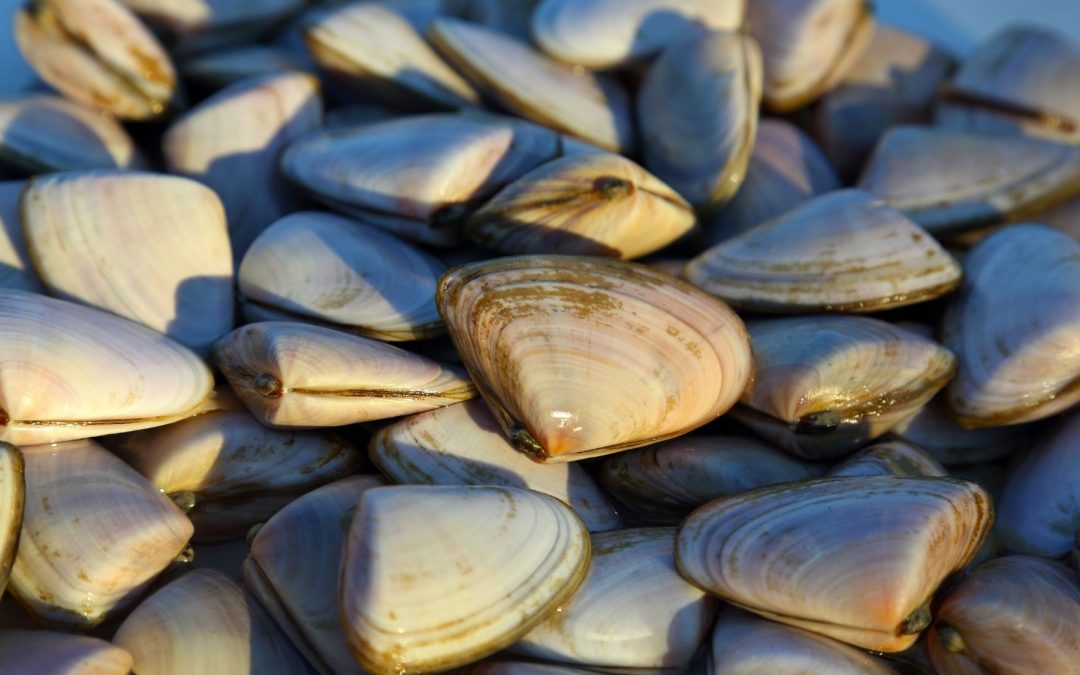Preserving Shellfish Quality
One of the many problems faced in the aquaculture industry is preserving shellfish quality from the fishing stage to the consumer stage.
As widely known, shellfish deteriorate quickly – not only from the point of death but also from the moment they are taken out of their natural habitats.
This makes the process complicated. And, on top of that, there are many factors to be considered when transporting different species of shellfish.
Of course, fishers, wholesalers and restaurants want to supply the best quality shellfish, so what is the solution to this? How are the best aquaculture businesses working around this commonly faced problem?
What are the Factors Involved?
Shellfish – such as crabs, lobsters, oysters and shrimps – must be kept alive for as long as possible to preserve their quality and freshness. But replicating their natural habitats once taken out of the ocean for transport is a tricky, uncertain operation that aquaculture businesses still run into problems with.
And when these issues arise, it can mean spoiled shellfish, unmet supply and damages to profit.
Just some of the factors that have to be addressed when transporting live shellfish include:
- oxygen supply and carbon dioxide and nitrogen in the water
- pH value (alkalinity and acidity)
- water temperature
- Marine species organic and inorganic waste
All of these must be regulated and controlled optimally – throughout each stage of the marine holding tank process – to guarantee that the product arrives in pristine condition.
One death (as well as one unhealthy shellfish) can spoil a whole batch, and even an increase in stress levels can cause the shellfish to degrade in quality.
Not only that, but regulating the above conditions over long travel periods can result in equipment failure if the equipment involved is substandard.
Preserve Shellfish Quality with Live Fish Transport Tanks
Transporting live shellfish doesn’t have to be complicated, and the simple solution to this is employing the right technology.
Modern technology has of course come a long way, and here at Austmarine we’ve played a big part in live fish tank innovation on a global scale with our patented Oceantronic© range of live seafood transport tanks.
Over 35 years, we’ve designed and engineered world-leading live fish tank systems that have set the industry standard for how live seafood should be transported, kept and displayed – serving all areas of the aquaculture process.
The Austmarine Oceantronic System
What makes our live seafood tanks different? It all comes down to our Oceantronic© system, boasting smart microprocessors that control:
- three filtration levels emulating the ocean’s natural ecosystem
- organic and inorganic waste removal
- water level sensors and low water alarms
- water temperature sensors – with programmable high and low temperature alarms
- automatic fan cycle control
- fast water drainage
- anti-short cycling (equipment failure protection)
Our live seafood tank systems offer a full range of sizes for both transport and holding – all energy-efficient and robustly built from heavily insulated vacuum-sealed fibreglass.
The Oceantronic© system itself has been tested and reviewed by Bentleys MRI Consulting for Australian Stock Exchange, the results finding that Austmarine Oceantronic tanks offer high live product throughput, no needed water changes, no mortality issues, long product retention times and minimal or no product weight loss.
Want to find out more? Just visit Austmarine Live Transport Tanks.


Recent Comments